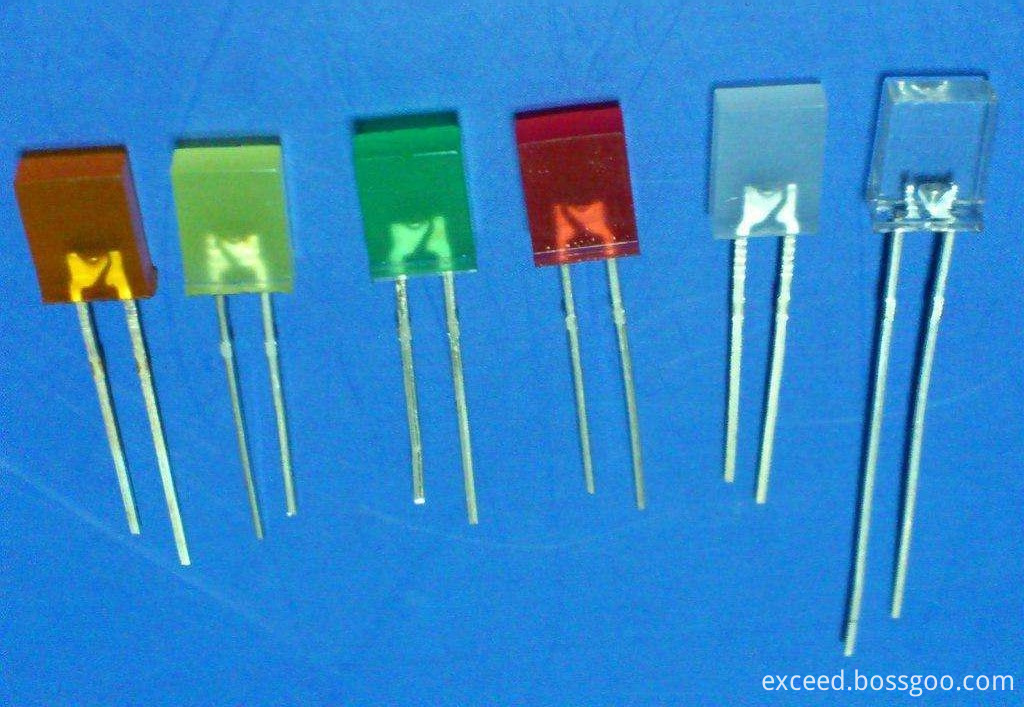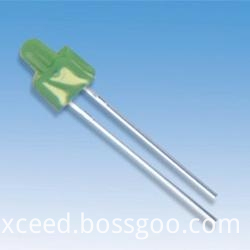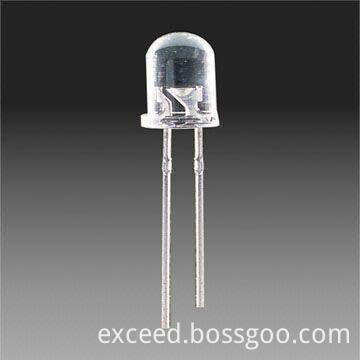The 1U/f=C sinusoidal pulse width modulation (SPWM) control method is characterized by simple control circuit structure, low cost, good mechanical characteristics and hardness, and can meet the requirements of smooth speed control of general transmission, and has been in various fields of the industry. Widely used. However, this kind of control method is in the low frequency, because the output voltage is lower, the torque is influenced by the voltage drop of the resistance of the stator more prominently, make the output maximum torque reduce. In addition, the mechanical characteristics of the DC motor is not as hard as any of them. The dynamic torque capability and static speed regulation performance are still not satisfactory. The system performance is not high, the control curve changes with the load, the torque response is slow, and the motor rotation The moment utilization rate is not high, and the performance is degraded due to the existence of the stator resistance and the dead time effect of the inverter at low speed, and the stability becomes worse. Therefore, people have also developed vector control frequency control.
2 Voltage space vector (SVPWM) control method It is based on the premise of the overall generation effect of three-phase waveforms. For the purpose of approximating the ideal circular rotating magnetic field trajectory of the air gap of the motor, a three-phase modulation waveform is generated at a time, and the approach to the circle is approached by the inscribed polygon. Controlled. After being used in practice, it has been improved, that is, the introduction of frequency compensation can eliminate the error of speed control; through estimating the amplitude of magnetic flux through feedback, eliminating the influence of stator resistance at low speed; and closing the output voltage and current to improve the dynamic accuracy and stability. However, there are many control circuits and no adjustment of torque is introduced. Therefore, the system performance has not been fundamentally improved.
Vector control (VC) method Vector control The practice of variable frequency speed control is to convert the stator currents Ia, Ib, and Ic of an asynchronous motor in a three-phase coordinate system through a three-phase to two-phase transformation to be equivalent to a two-phase stationary coordinate system. The alternating current Ia1Ib1 is then converted into a direct current Im1, It1 in the synchronous rotating coordinate system by rotational rotation of the rotor field direction (Im1 corresponds to the exciting current of the DC motor; It1 corresponds to the armature current proportional to the torque). Then, imitate the control method of the direct-current motor, obtain the control quantity of the direct-current motor, realize the control to the asynchronous motor through the corresponding coordinate reverse transformation. The essence of this is that the AC motor is equivalent to a DC motor, which independently controls the speed and magnetic components. By controlling the rotor flux linkage, and then decomposing the stator current to obtain two components of torque and magnetic field, the orthogonal or decoupled control is achieved through coordinate transformation. The proposed vector control method has epoch-making significance. However, in practical applications, because the rotor flux linkage is difficult to observe accurately, the system characteristics are greatly affected by the motor parameters, and the vector rotation transformation used in the control process of the equivalent DC motor is more complicated, making the actual control effect difficult to achieve the ideal analysis. result.
Direct torque control (DTC) method In 1985, Prof. DePenbrock of the University of Luhr in Germany presented the direct torque control frequency conversion technology for the first time. This technology solves the above-mentioned deficiencies of vector control to a large extent, and has been rapidly developed with novel control concepts, concise and clear system structure, and excellent dynamic and static performance. At present, this technology has been successfully applied to high-power AC drives for traction of electric locomotives. Direct torque control directly analyzes the mathematical model of the AC motor in the stator coordinate system and controls the flux linkage and torque of the motor. It does not require that the AC motor be equivalent to a DC motor, thus eliminating many of the complex calculations in the vector rotation transformation; it does not need to mimic the control of a DC motor, nor does it need to simplify the mathematical model of the AC motor for decoupling.
Matrix-type AC-ACV control method VVVF frequency conversion, vector control frequency conversion, direct torque control frequency conversion is a kind of AC-DC-AC frequency conversion. The common disadvantages are the low input power factor, large harmonic currents, large energy storage capacitors required in the DC circuit, and the inability to feed back the energy back to the grid, which means that four-quadrant operation is not possible. For this reason, matrix-type AC-AC frequency conversion came into being. Because the matrix-type AC-AC frequency conversion eliminates the intermediate DC link, it eliminates the need for bulky, expensive electrolytic capacitors. It can achieve a power factor of l, input current is sinusoidal and can operate in four quadrants, and the power density of the system is large. Although the technology is not yet mature, it still attracts many scholars to conduct in-depth research. The essence of this is not to indirectly control the current and flux linkage, but to directly use the torque as the controlled variable. The specific method is:
- Controlling stator fluxes into the stator flux observer to achieve a speed sensorless approach;
- Automatic identification (ID) relies on accurate motor mathematical model to automatically identify motor parameters;
——Calculate the actual value corresponding to the stator impedance, mutual inductance, magnetic saturation factor, inertia, etc. Calculate the actual torque, stator flux linkage, rotor speed for real-time control;
- Realize the Band-Band control. The Band-Band control based on flux linkage and torque generates the PWM signal to control the inverter switching state.
Matrix-AC-AC frequency converters have fast torque response (<2ms), high speed accuracy (±2%, no PG feedback), high torque accuracy (<+3%), and high start-up speed Torque and high torque accuracy, especially at low speed (including 0 speed), can output 150% to 200% torque.
Rectangular LED Light is widely used in many areas of production lighting, LED large screen display, traffic lights, decorative, computer, electronic toys, gifts, switches, telephones, advertising, city engineering brilliance,etc.
Exceed business range mainly covers LED Light, LED Lamp , High Power LED Light , High Power Big LED Bulb Light, Led Panel Light , LED Ceiling Light , Led Tube Light , Eye Protecting LED Table Lamp ,Body Sensor Led Bed Light , LED Digit Display , LED Dot Matrix,etc. Rectangular Led Lamp Features:



Available on tape and reel.
Reliable and robust.
The product itself will remain within RoHS compliant Version.
Descriptions:
The series is specially designed for applications requiring higher brightness.
The LED lamps are available with different colors, intensities.
Rectangular Led Lamp,Rectangular Led ,Rectangle Led Lights ,Color Rectangular Led Lamp
Shen Zhen Exceed Electronic Co., Ltd. , http://www.exceedlight.com